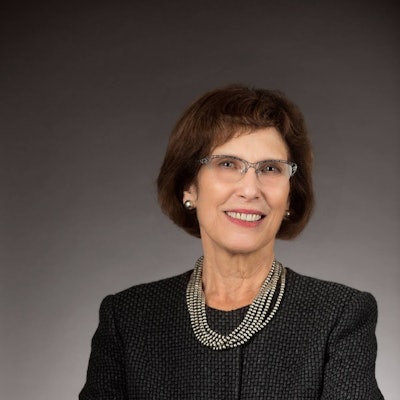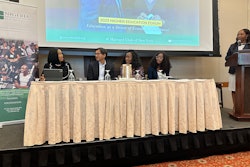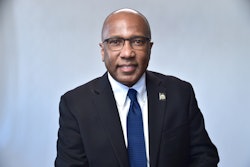A report from the Council of Graduate Schools (CGS) shows international graduate applications increased for the fourth consecutive year and a shift continued in the countries applying.
The report titled, “International Graduate Applications and Enrollment: Fall 2022,” details the responses from 370 institutions, which represents 48.7% of the colleges and universities that received the CGS International Graduate Admissions Survey. The survey was sent to 759 institutions, including CGS members as well as other institutions that are members of the Conference of Southern Graduate Schools, the Midwestern Association of Graduate Schools, the Northeastern Association of Graduate Schools and the Western Association of Graduate Schools.  Dr. Suzanne Ortega
Dr. Suzanne Ortega
Survey data between Fall 2021 and Fall 2022 shows that there was a 26% increase in the total number of international graduate applications received by U.S. degree-granting institutions.
Dr. Suzanne T. Ortega, president of CGS, noted that this increase in international graduate students calls for institutional sensitivity to best serve these students.
“Support requires real understanding of the cultural context that helps shape the experience of students,” said Ortega. “In the case of international students, this requires a sense of language proficiency and support for language proficiency. Ditto for academic writing and also real sensitivity to the financial needs, the sources of stress for students and creating an environment that is welcoming.”
Another key point in the report is the shift in countries applying. Since Fall 2020, there was a surge in applications and enrollments from India and countries in Sub-Saharan Africa. Graduate applications from China, the country from which there has consistently been high demand, has decreased two years in a row.
“We know for certain that the most rapidly growing countries in the world are in Sub-Saharan Africa,” said Ortega. “We know that over the last decade there has been a growing middle class, particularly in Nigeria and Ghana, and we know that despite the national governments in those places having interest in building additional post-secondary education institutions, there is not sufficient capacity to meet demand currently.”




















